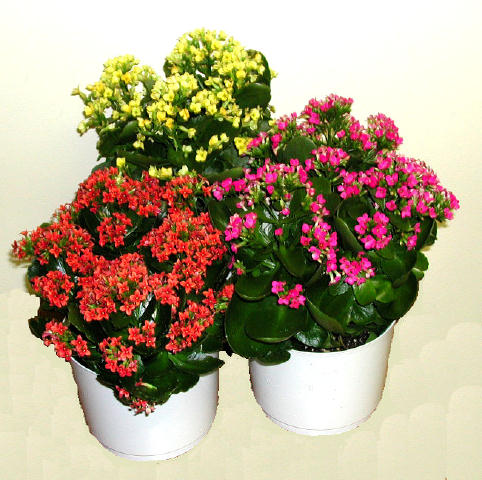How to Care for Flaming Katy Plant

Flaming Katy is a low maintenance, succulent plant, which is very easy to grow and requires little attention. This plant is suitable for both indoor and mild outdoor growing. Whether planted indoor or outdoor, Flaming Katy makes an ideal and cheerful flowering gift. Most of the growers discard these plants after flowering but you can keep them for years. It can be a challenge to get them to flower again but not impossible. These plants can be grown both indoor and outdoor. When planting indoor, use a clay pot as this help the soil dry out quickly.
Instructions
-
1
Position
The plant has no special requirements for position and can thrive anywhere in your house or outside. Since all succulents enjoy direct sunlight, place the plant in full view of the sun. However, it will do well in moderate light as well but overcrowding can damage the foliage. -
2
Soil
Besides direct sunlight, these easy going house plants also demand a quick draining potting mixture. Use a mix of soil, sand or coir. These plants cal also tolerate alkaline soil.
The composition of the mix should be 2 parts all-purpose potting soil and 1 part sharp sand, coir or perlite. It is advisable to use quick draining soil even if you are planting a Flaming Katy outdoor. -
3
Watering
Like most succulent plants, Flaming Katy does not need a lot of water either, and is likely to rot if watered too often. Watering every fortnight should be sufficient, allowing the soil in the pot to dry in between. Reduce the frequency of watering during the winter months and keep the plant drier. -
4
Climate tolerance
In areas where the weather is warm and dry, Katy plants can thrive outdoors; however do not allow your plant to get too wet. These plants will survive in coastal areas despite the ocean or sea spray. Temperatures between 60 to 75°F (16 to 24°C) help growth. -
5
Feeding
Feed your Flaming Katy with a balanced plant fertilizer once a month. However, before fertilizing the plant, check the label on the plant pot or the soil bag, as most of the time the processed soil includes a slow release fertilizer that can last for one to three months.






